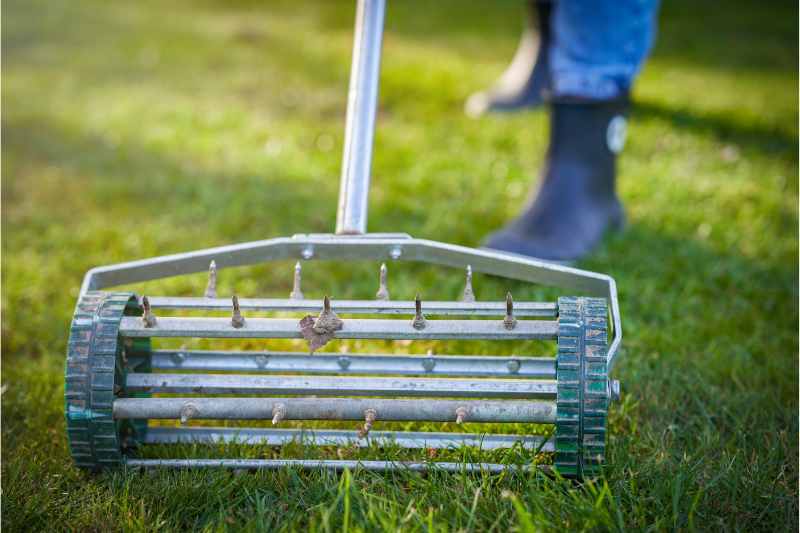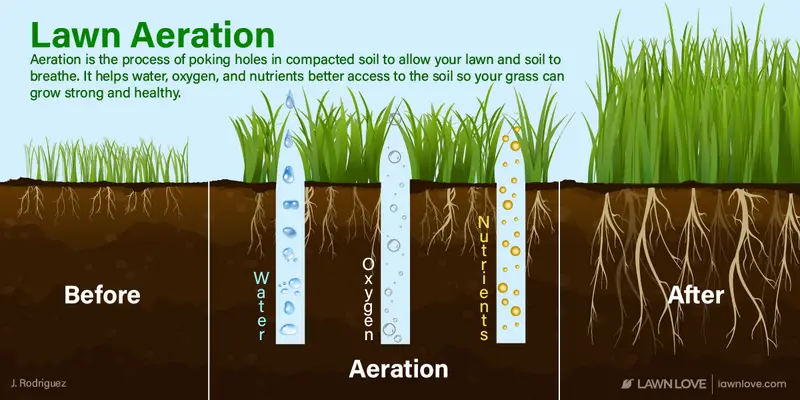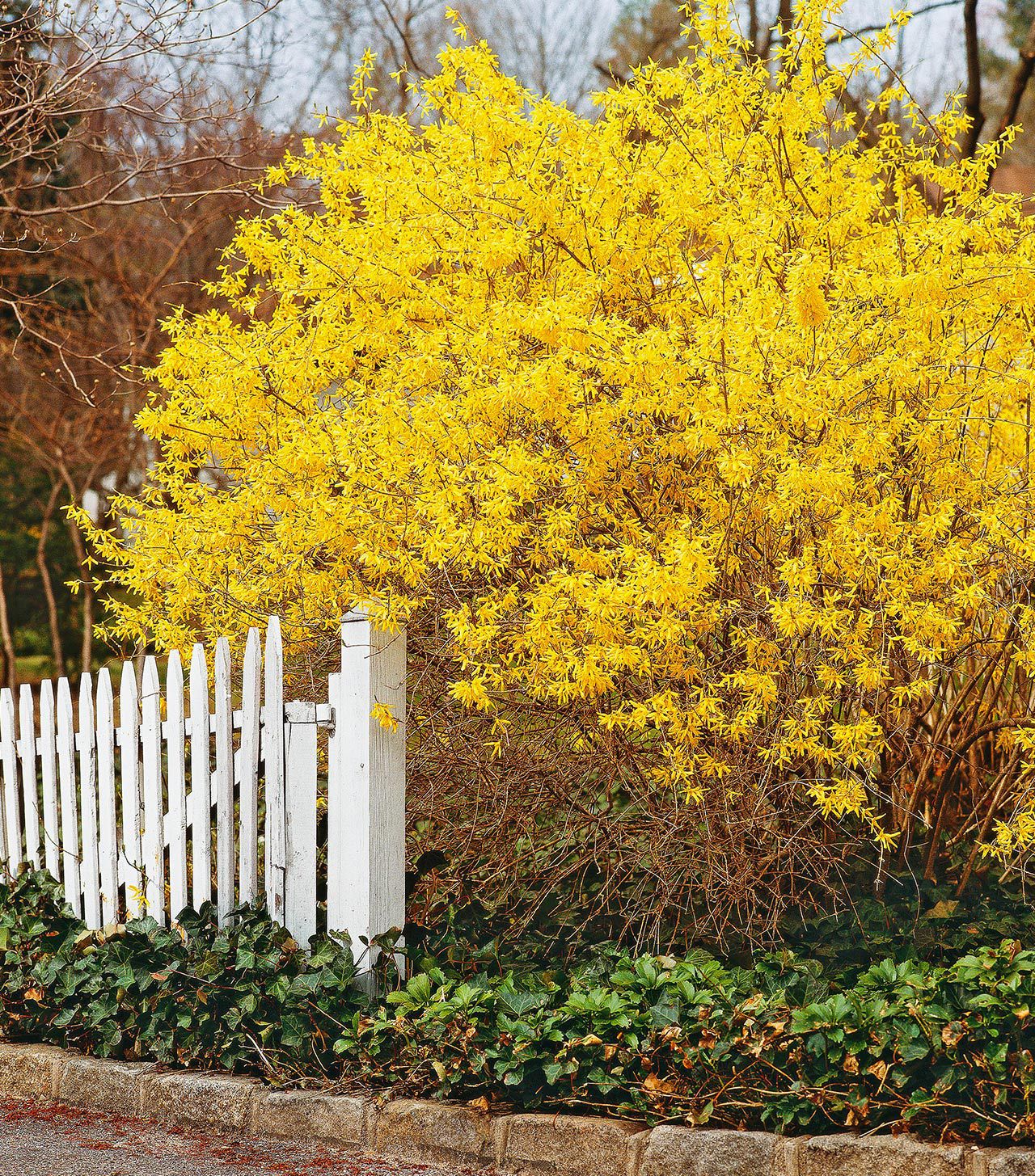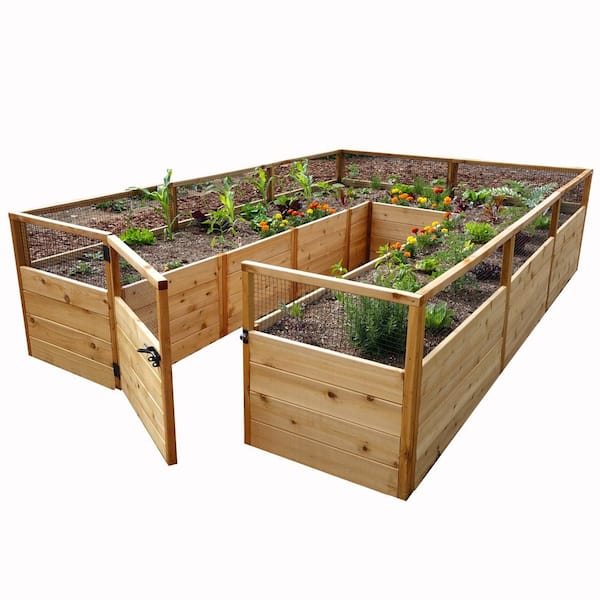The best lawn aerator is the plug aerator. It effectively removes small soil plugs to enhance grass health.
Aeration is essential for maintaining a healthy lawn. By perforating the soil, it allows air, water, and nutrients to penetrate the grass roots. This process helps alleviate soil compaction and promotes vigorous root growth. Using a plug aerator, which removes small plugs of soil, is highly effective.
It’s best to aerate your lawn during the growing season when the grass can heal and fill in any open areas. Regular aeration improves your lawn’s resilience, leading to a lush, green yard. Investing in a quality aerator and understanding how to use it can transform your lawn care routine.

Credit: lawnlove.com
Introduction To Lawn Aeration
Maintaining a lush, green lawn requires more than just regular mowing and watering. One essential step in lawn care is lawn aeration. This process involves perforating the soil to allow air, water, and nutrients to penetrate the grass roots. Aeration helps your lawn breathe better and grow healthier.
Why Aeration Matters
Aeration is crucial for several reasons:
- It reduces soil compaction.
- It improves nutrient and water absorption.
- It enhances root growth.
- It encourages stronger, more resilient grass.
Compacted soil prevents roots from accessing essential resources. Aeration breaks up the soil, making it easier for roots to grow deeper and stronger.
Signs Your Lawn Needs Aeration
Not sure if your lawn needs aeration? Here are some signs to look for:
- Poor Drainage: Water pools on the surface after rain.
- Thinning Grass: Grass appears sparse and weak.
- Hard Soil: The soil feels hard and difficult to penetrate.
- Excess Thatch: A thick layer of dead grass and debris.
If you notice any of these signs, it’s time to aerate your lawn. Regular aeration can transform your lawn into a lush, green paradise.
Choosing The Right Aerator
Choosing the right aerator is key to achieving a healthy lawn. Aerators help to loosen the soil, ensuring better water and nutrient absorption. Understanding the types of aerators available can guide you in making an informed decision.
Core Aerators
Core aerators remove small plugs of soil from your lawn. This process helps to alleviate soil compaction and promotes better airflow. Core aerators are ideal for clay-heavy soils.
- Benefits:
- Reduces soil compaction
- Improves water absorption
- Promotes root growth
- How to Use:
- Water your lawn 1-2 days before aeration.
- Mark any obstacles like sprinkler heads.
- Run the aerator over the entire lawn.
- Leave soil plugs on the lawn to decompose.
Spike Aerators
Spike aerators create holes in the soil without removing plugs. They are best for sandy or loamy soils. Spike aerators are more affordable and easier to use.
- Benefits:
- Cost-effective
- Easy to use
- Good for sandy soils
- How to Use:
- Ensure the soil is moist but not wet.
- Walk the spike aerator across your lawn.
- Cover the entire area evenly.
- Water the lawn after aeration.
Both core and spike aerators have their unique advantages. Choosing the right one depends on your soil type and lawn needs.
When To Aerate Your Lawn
Aerating your lawn improves soil health and allows grass roots to grow deeper. Choosing the right time for aeration ensures your lawn reaps the maximum benefits. Let’s explore the best times to aerate your lawn for lush, green grass.
Seasonal Considerations
Aeration timing depends on your grass type. Cool-season grasses, such as Kentucky bluegrass, benefit from aeration in early spring or fall. Warm-season grasses, like Bermuda, thrive when aerated in late spring to early summer.
Cool-season grasses grow actively during cooler temperatures. Therefore, aeration during their growth periods helps them recover quickly. Warm-season grasses grow best during warmer months, making late spring ideal for aeration.
| Grass Type | Best Time to Aerate |
|---|---|
| Cool-Season Grasses | Early Spring, Fall |
| Warm-Season Grasses | Late Spring, Early Summer |
Weather Conditions
Weather plays a crucial role in lawn aeration. Aerate your lawn when the soil is moist but not waterlogged. Moist soil allows the aerator to penetrate easily, creating effective holes without damaging the lawn.
Avoid aerating during drought or excessive rainfall. Dry soil can be too hard, making aeration difficult. On the other hand, wet soil can become compacted and muddy, which defeats the purpose of aeration.
- Ideal Conditions: Moist soil, moderate temperatures
- Avoid: Drought conditions, heavy rainfall
Check the weather forecast before planning your aeration. Choose a day with mild temperatures and recent rain. This ensures the soil is in perfect condition for aeration.
Using the best lawn aerator and timing your efforts correctly will result in a healthier, greener lawn. Lawn aeration is a simple yet effective way to maintain your yard’s beauty and health.
Preparing Your Lawn
Proper preparation is key to achieving a lush, healthy lawn. By taking a few essential steps, you can ensure your lawn is ready for aeration. These steps will help the aerator work more effectively, giving you a greener, healthier yard.
Mowing Tips
Before you start aerating, make sure to mow your lawn. Mowing helps expose the soil, allowing the aerator to penetrate more effectively. Set your mower to the lowest setting.
- Mow your lawn to a height of about 1-1.5 inches.
- Make sure the grass is dry before mowing.
- Remove any debris or obstacles from the lawn.
These steps ensure the aerator reaches the soil without obstructions.
Watering Guidelines
Proper watering is crucial for lawn aeration. Watering helps soften the soil, making it easier for the aerator to work. Follow these guidelines:
- Water your lawn 1-2 days before aeration.
- Ensure the soil is moist but not soggy.
- Use a sprinkler or hose for even coverage.
Moist soil allows the aerator to create deeper holes, promoting better root growth.
| Task | Recommended Action |
|---|---|
| Mowing | 1-1.5 inches height, remove debris |
| Watering | Moist but not soggy soil |
Aeration Techniques
Effective lawn aeration requires proper techniques. This ensures your lawn thrives. Understanding the right methods can make a significant difference. Let’s explore these techniques for optimal lawn health.
Proper Depth
The depth of aeration is crucial. The ideal depth should be 2-3 inches. This allows the roots to breathe and grow. Shallow aeration won’t benefit your lawn. Deep aeration can damage the roots.
Here’s a simple table to guide you:
| Soil Type | Aeration Depth |
|---|---|
| Sandy Soil | 1-2 inches |
| Loamy Soil | 2-3 inches |
| Clay Soil | 3-4 inches |
Aeration Patterns
Aeration patterns impact the coverage and efficiency. Use a systematic approach for even aeration. Common patterns include:
- Grid Pattern: This involves aerating in straight lines. Then, cross the lines at right angles.
- Diagonal Pattern: This involves aerating in diagonal lines. This ensures thorough coverage.
Consistent patterns help avoid missed areas. This leads to a healthier lawn. Here are the steps for a grid pattern:
- Start at one corner of your lawn.
- Aerate in straight lines across the lawn.
- Turn 90 degrees and repeat the process.
Proper patterns ensure the entire lawn gets aerated. This maximizes the benefits of aeration.

Credit: www.amazon.com
Post-aeration Care
After aerating your lawn, give it proper care to thrive. Post-aeration care includes fertilizing and overseeding. This ensures your lawn remains healthy and lush. Follow these tips for the best results.
Fertilizing Tips
Fertilizing after aeration helps your grass grow strong. Use a high-quality fertilizer with balanced nutrients. Here are some quick tips:
- Choose a slow-release fertilizer for lasting results.
- Apply fertilizer evenly across the lawn.
- Water the lawn after fertilizing to help absorption.
A balanced fertilizer contains nitrogen, phosphorus, and potassium. These nutrients boost growth and improve root strength.
Overseeding Strategies
Overseeding fills in bare spots and thickens your lawn. It also improves grass variety and disease resistance. Follow these steps:
- Choose the right grass seed for your climate.
- Spread the seed evenly over the lawn.
- Water the lawn regularly to keep the soil moist.
- Avoid heavy foot traffic until the new grass establishes.
Overseeding after aeration ensures seeds reach the soil. This enhances seed germination and growth.
Common Aeration Mistakes
Lawn aeration is crucial for a healthy lawn. But, many people make mistakes. These errors can harm your grass. Let’s explore common aeration mistakes and how to avoid them.
Avoiding Soil Compaction
Soil compaction is a big problem. It stops air, water, and nutrients from reaching roots. To avoid soil compaction:
- Aerate your lawn regularly.
- Avoid walking on the lawn when it’s wet.
- Use lightweight machinery.
Proper Equipment Usage
Using the right equipment is key. Make sure your aerator is in good condition. Follow these steps:
- Check the aerator tines. They should be sharp.
- Set the depth correctly. Aim for 2-3 inches.
- Go over the lawn in multiple directions.
Avoid these mistakes for a lush, green lawn. Lawn Love offers the best lawn aerator and expert tips to keep your lawn healthy.
Benefits Of Regular Aeration
Aeration is essential for a healthy lawn. It helps the grass breathe. Regular aeration provides many benefits. Below are some key benefits of aerating your lawn regularly.
Healthier Grass
Aeration helps your grass grow stronger. By creating small holes, it allows air to reach the roots. This improves the grass’s health and color. The grass absorbs nutrients better. This makes the lawn look lush and green.
Regular aeration also reduces thatch. Thatch is a layer of dead grass. It can block water and nutrients. By reducing thatch, the grass gets what it needs. This leads to a healthier lawn overall.
Improved Soil Quality
Aeration improves the soil’s structure. It allows water to penetrate deeply. This helps the roots grow stronger. Deep roots make the grass more drought-resistant. This means your lawn stays green, even in dry periods.
The process also increases soil nutrients. It breaks up compacted soil. This allows essential nutrients to reach the roots. The result is a healthier, more vibrant lawn.
| Benefit | Description |
|---|---|
| Healthier Grass | Stronger, greener grass with better nutrient absorption. |
| Improved Soil Quality | Better water penetration and nutrient delivery. |
- Healthier Grass: Stronger roots, reduced thatch, greener color.
- Improved Soil Quality: Better water flow, more nutrients, less compaction.
Diy Vs Professional Aeration
Aerating your lawn can make it healthier and greener. But should you do it yourself or hire a professional? Let’s explore the differences between DIY and professional aeration.
Cost Comparison
Money matters when choosing between DIY and professional aeration. Here’s a cost breakdown:
| Option | Cost |
|---|---|
| DIY Aeration | $50-$100 (Equipment Rental) |
| Professional Aeration | $100-$300 (Service Fee) |
DIY aeration usually involves renting equipment. This costs about $50 to $100. Professional aeration has service fees ranging from $100 to $300. The choice depends on your budget.
Pros And Cons
Both options have their benefits and drawbacks. Let’s break it down:
DIY Aeration
- Pros:
- Lower cost
- Control over the process
- Immediate availability
- Cons:
- Physical effort required
- Need to understand the equipment
- Time-consuming
Professional Aeration
- Pros:
- Expert handling
- Time-saving
- Efficient and thorough
- Cons:
- Higher cost
- Scheduling needed
- Less control over timing
Choosing between DIY and professional aeration depends on your priorities. If you prefer saving money and doing it yourself, DIY is the way. If you want professional care and can pay extra, hire experts.
:max_bytes(150000):strip_icc()/when-and-how-do-you-aerate-your-grass-2130974-01-eeed361d5d574c7bb2d6b043596b4ee2.jpg)
Credit: www.thespruce.com
Frequently Asked Questions
What Is The Best Lawn Aerator To Use?
The best lawn aerator is a plug aerator. It removes soil plugs to improve air, water, and nutrient flow.
How Often Should I Aerate My Lawn?
Aerate your lawn once or twice a year. The best times are in the spring and fall.
Can I Aerate My Lawn Myself?
Yes, you can aerate your lawn yourself. Rent or buy a plug aerator for the best results.
Why Is Lawn Aeration Important?
Lawn aeration reduces soil compaction. It helps grass roots grow deeper and stronger, leading to a healthier lawn.
Conclusion
Achieving a healthy lawn is easier with the right aerator. Choose the best lawn aerator and use it effectively. Regular aeration will promote lush, green grass. Follow our guide to maintain a beautiful lawn year-round. Happy gardening!





